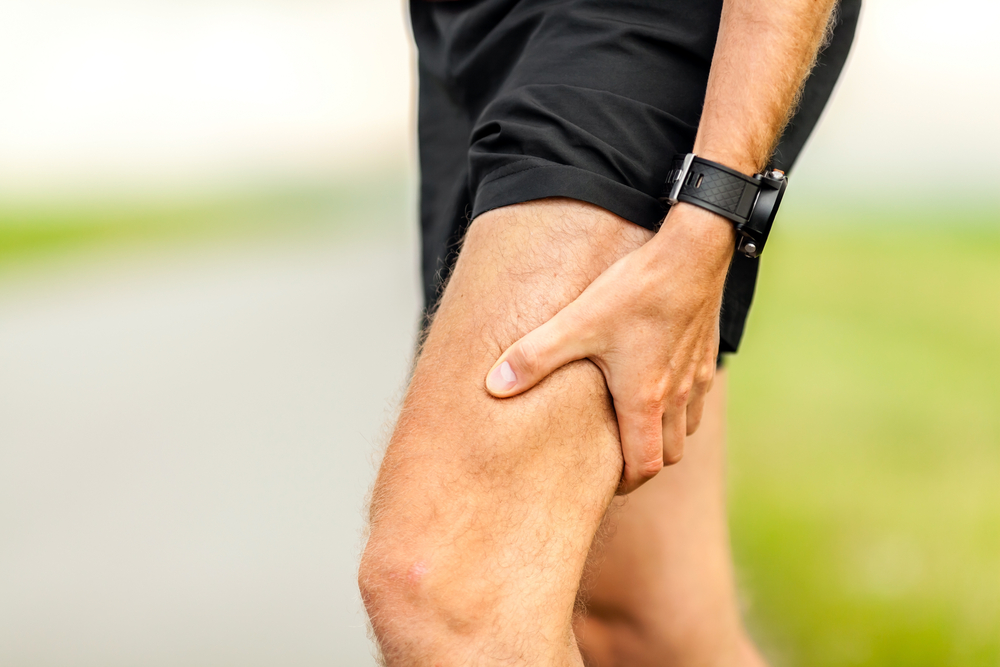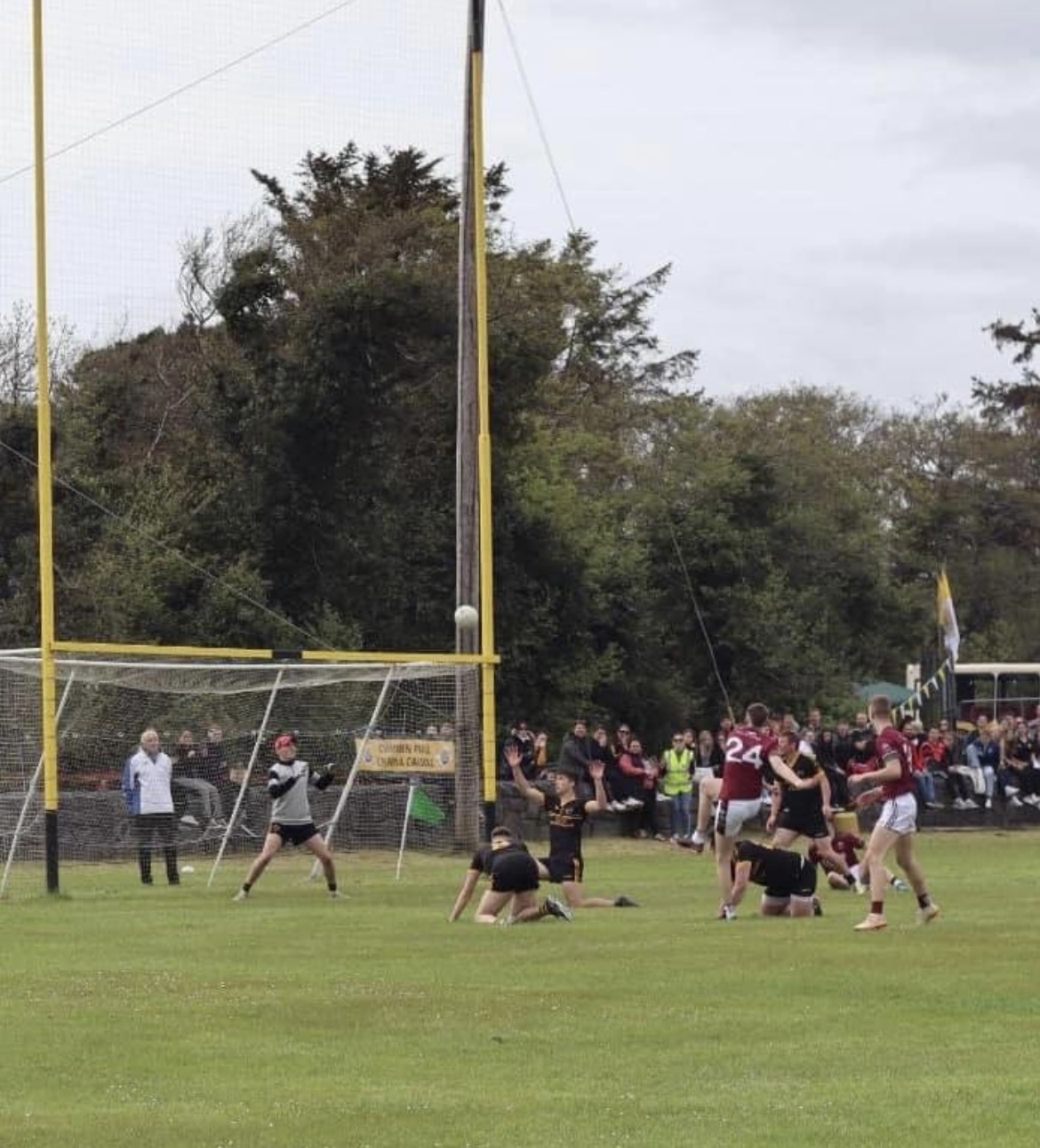We have all seen it: the sniper picking off your club’s best player 15 minutes into a championship game. One hand reaches for the back of the thigh while the other hand goes up signalling his/her game is finished.
Commonly what you may not see is in the weeks prior to injury where many of the signs were there – the increased training load, the missed sessions due to hamstring tightness and the decreased hip range of movement. Recovery between sessions may not have been as good as it could be due to increased driving, studying or working hours. There is often a history of recurring hamstring injuries that just won’t alleviate despite all the hamstring strengthening work.
Hamstring injuries account for a significant portion of overall injuries in the GAA, with injury rates reported at 29.1% and 23.6% of overall injuries in Gaelic football and Hurling respectively. A hamstring injury can result in significant lost playing time, anxiety to the player involved and significant cost. Re-injury rates currently reported in the literature are high (up to 33%). This would indicate that our rehabilitation strategies are either incomplete or athletes return to play too early. In reality, it is probably a mixture of both.
Injury Mechanism & Prognosis
The importance of establishing the mechanism of injury is important in terms of guiding the rehabilitation process and advising the time that will be lost to sport. Adopting a one size fits all approach to rehabilitation can lead to slower rehabilitation and poorer outcomes.
Studies suggest that more proximal (higher) hamstring injuries will result in a prolonged rehabilitation period. Acute tendon damage can also significantly increase recovery times. An injury to the proximal tendon of the long head of biceps femoris is particularly significant in prolonging the rehabilitation process. Other studies have suggested that high speed running injuries will result in quicker recovery times in comparison to stretch type injuries. With sprinting type strains, the high eccentric forces during both the stance and swing phase of running increases an athlete’s injury risk during maximal sprinting. Stretching type injuries generally occur much closer to the ischial tuberosity (where the hamstring attaches to the pelvis) and commonly involve the semimembranosis tendon. These injuries should be treated with caution as the symptoms often appear much milder and heavy loading and stretching provoke the injury further. Other factors that will negatively influence progress include avulsion fractures, a grade III hamstring rupture, recurrent hamstring injuries and a large and deep haematoma on examination. This demonstrates that there are many factors that will determine how severe the injury is and how long it will take to rehabilitate.
Recurring injuries – What are we missing?
This is a tough question to answer as there are a lot of rehabilitation strategies being used. Sometimes ‘why’ injury occurred is not fully identified and focus is on the ‘where’ injury has occurred i.e. hamstring. Identifying the root cause is often the difference between fully rehabilitating and the athlete who has ongoing tightness and re-injury. |
Strength
Post injury strength deficits and any neuromuscular inhibition must be addressed in order to return an athlete to performance. Progressively loading the injured muscle to maximise strength gains and enhance collagen fibre formation in the tissue remodelling process is key. Ideally hamstring strength on return to play should be symmetrical and also proportionate (roughly 66%) of the strength of the ipsilateral quadriceps muscle. However the number of athletes that present with quite “strong” hamstrings is high. These are the athletes who are most confused; ‘I have done all the strengthening’, ‘I have done all the nordics’, ‘I have done all the hamstring curling’, ‘why do I keep getting these injuries?’. These are normally people who have rehabilitated the ‘where’ injury has occurred.
Strengthening agonist muscles during rehabilitation will also help off load the injured muscle on return to sport (i.e. gluteals). Tight hamstrings have also been attributed to an inability of the gluteal maximus to act as the primary muscle to extend the hip during running. Failure to address factors such as these explains why athletes continue to experience hamstring and hip tightness despite a lot of stretching and foam rolling. The underlying reasons for the tightness is not addressed through stretching or foam rolling, hence why the hamstring reverts to tightness soon after again. This leads to overload of the hamstrings and increases the risk of hamstring strain. Both speed of loading and direction of load need to be considered. At SSC we use multi-joint strengthening strategies such as squatting and deadlifting to achieve these aims (both single and double leg).
We also use exercises such as Nordics and isometric hip extension holds in the latter stages of rehabilitation to enhance muscular strength and as maintainance work on return to play.
So if this part is generally done quite well, where do athletes fall down? At the SSC, we are lucky enough to have access to
3D biomechanical analysis in our motion analysis lab. This gives us invaluable data on how an athlete moves and aids our rehabilitation strategies.
Rehabilitation can then be guided based on both examination findings and identifying the biomechanical deficits with each individual athlete. Often the hamstring is the victim of inefficient mechanics at the trunk, pelvis, hip and ankle. Identifying the reasons behind an acute or recurring injury will lead to more successful outcomes.
Lumbopelvic control
The ability to control the pelvis effectively represents one of the most important aspects to successfully rehabilitating and preventing hamstring injuries. An individual with an excessively anteriorly tilted pelvis or pelvic drop is already at a biomechanical disadvantage with increased tension placed on the hamstring muscles. This is due to the change in position of the hamstring origin at the ischial tuberosity. Addressing this issue also allows the gluteus maximus muscle to more efficiently contribute to hip extension. Poor trunk control can also lead to further compensatory mechanisms in the lower limb which can increase the risk of hamstring injury and influence running effiency.
Running Mechanics
Running is the principal form of transport during field sport and the most common mechanism of injury for the vast majority of hamstring injuries. Failure to address asymmetries or poor techniques can increase injury risk and reduce athletic performance.
There are a number of common technical issues when running that lead to overload of the hamstring muscle group. Athletes often struggle to bring their swing (recovery) leg through far enough while running both pre and post hamstring injury. This results in an athlete overstriding, increasing loads through the hamstrings over a prolonged ground contact time. When an athlete exhibits an excessive anterior pelvic tilt, this exposes the athlete to a greater injury risk as the load is increased even further. Studies have demonstrated a reduction in peak hip flexion post hamstring injury. This could be a compensatory subconscious response to reduce hamstring stretch in the late swing phase which could reduce risk of injury. It has also been suggested that for every degree of decreased hip flexor flexibility increases hamstring injury by 15%.
Delivering optimal multi-factorial rehabilitation strategies represents the most effective method of reducing this risk of re-injury, and the fastest return to competition. It also provides the athlete with a progressive programme that not only returns them to sport post injury, but by addressing biomechanical and movement pattern dysfunction it is also possible to enhance athletic performance and reduce future injury risk.
High Speed running
As well as the mechanics of running it is essential to have exposed your hamstrings to high speed running and sprinting on a regular basis. Sprinting conditions your muscles to high levels of load. This is very important during pre-season but also while returning from injury. The majority of hamstring injuries can run at relatively high speeds in the first two weeks but get into trouble when at maximum speed in straight lines and changing direction. We are currently undertaking a reliability and validity study on a return to play test (the VU test) designed specifically for hamstring injuries that we use with our athletes. On return to play, rehabilitation exercises should continue and form part of gym and warm up routines. Fatigue is also a massive issue on return to play and cross training should take place throughout the rehabilitation process to maintain/build aerobic conditioning and fatigue resistance.
The most important take home point for an athlete is to flag issues early with your team physiotherapist. If there is hamstring tightness evident or hip/ hamstring range issues, address them early through appropriate rehabilitation strategies, adjust your training load and increase your focus on recovery methods. This way it reduces the chance of you being the guy/girl with their hand up in the air 15 minutes into a championship match.











